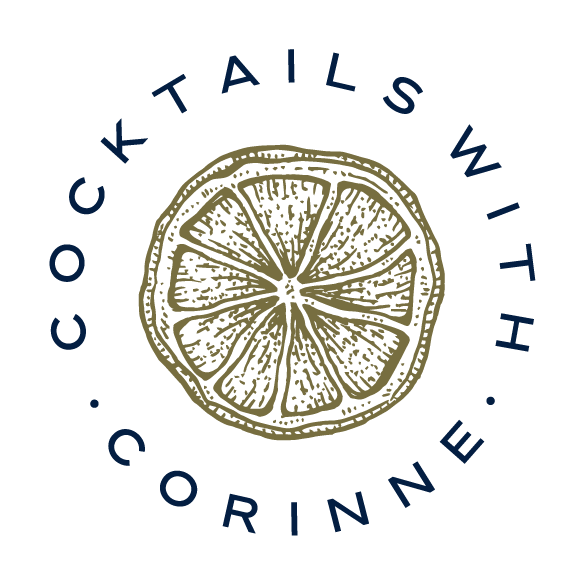A Brief & Complicated History Of Rum
We’ll get to the recipe in a moment but first, a brief look into the history of the world’s most complicated spirit: Rum!
Rum has an interesting reputation among the spirits world- while it may seem boring and simple to some, it has one of the most illustrious and complicated histories of any spirit in history. Crucial to tiki culture and summer tipples, rum may seem like a light and playful spirit but a quick look in history will show that it sparked revolutions, connected nations through trade, and played a dark role in the world’s history with slavery.
I think my interest in the world of spirits may have first been sparked as a sophomore when I was assigned to read the book A History Of The World In Six Glasses by Tom Standage (shout out to Mr. Hunter) as summer reading for World History. I’ve revisited this book a few times over the years and am continually amazed by the new information I find each time.
Section three of the book, Spirits in the Colonial Period, covered the discovery of the “New World” and the colonization of Europeans in the Caribbean. The English arrived in Barbados in 1627 and took over the production of sugar cane and coined the spirit as “Rumbullion, a slang word from southern England that means ‘a brawl or violent commotion,’ may have been chosen as the drink’s nickname because that was frequently the outcome when people drank too much of it.” Eventually, Rumbullion was shortened to rum and became the world's first global drink, fueling the global slave trade due to the spirit’s labor-intensive nature.
Rum traveled far beyond the Caribbean and eventually settled in New England where colonists put their own spin on it, making it out of the more accessible but less tasty molasses, as early as the 1660s. To put a long story short, England's control of trade in the colonies and putting tax tariffs on sugar did not please the early Americans and contributed to the start of the American Revolution.
There is so much more to be said for rum and its effects on world history but for the sake of brevity, I will skip ahead to the age of tiki when Trader Vic, famed for the invention of the Mai Tai, wrote and published his first book, Trader Vic’s Book of Food & Drink in 1946. Rum is an invaluable ingredient in nearly all tiki drinks and highlights the diverse nature of the spirit, often mixing multiple rums aged and barreled differently to create different effects in each unique cocktail. The boom of tiki culture lead to a resurgence of the spirit in the US, especially during the 60s when kitsch cocktails were king. Trader Vic’s contribution to the history of mixology is too deep to cover in just one post but I highly recommend reading his books as well as Smugglers Cove by Martin & Rebecca Cate for a deeper look into the history of Tiki!
Without further ado, the recipe! For this cocktail, I am using the award-winning Straight Silver Rum from Spirit of Texas distilled in Pflugerville Texas, gifted to me by my friends at Spirit Hub! You can find this rum, as well as many other styles of rum from silver, aged, spiced, and more on their website. And you can use code CWC20 to get 20% off your order!
Something I like to do before making any recipes is to taste the spirits on their own to get a sense of the flavors & notes, a quality spirit is going to taste just as good on its own as it will in a drink! This rum is no exception, modeled after a sipping tequila, it’s dry and smooth, it blends subtle butterscotch and vanilla flavors with a quick finish of black peppercorn that isn’t overwhelming or too biting.
Recipe:
2 oz Straight Silver Rum
1.5 oz Swoon Simple Syrup
.75 oz Charred Grapefruit Tonic
12 Mint Leaves (apr.)
4 blackberries
1 oz Lime Juice
Ice
Method:
Combine all ingredients in a blender and pulse until fully incorporated. Pour into a glass and garnish with fresh mint and blackberries. Enjoy!
This is post is sponsored by Spirit Hub. Recipes, photos, and opinions are my own.
“Spirits in the Colonial Period.” A History of the World in Six Glasses, by Tom Standage, Atlantic, 2007, pp. 101–111.





